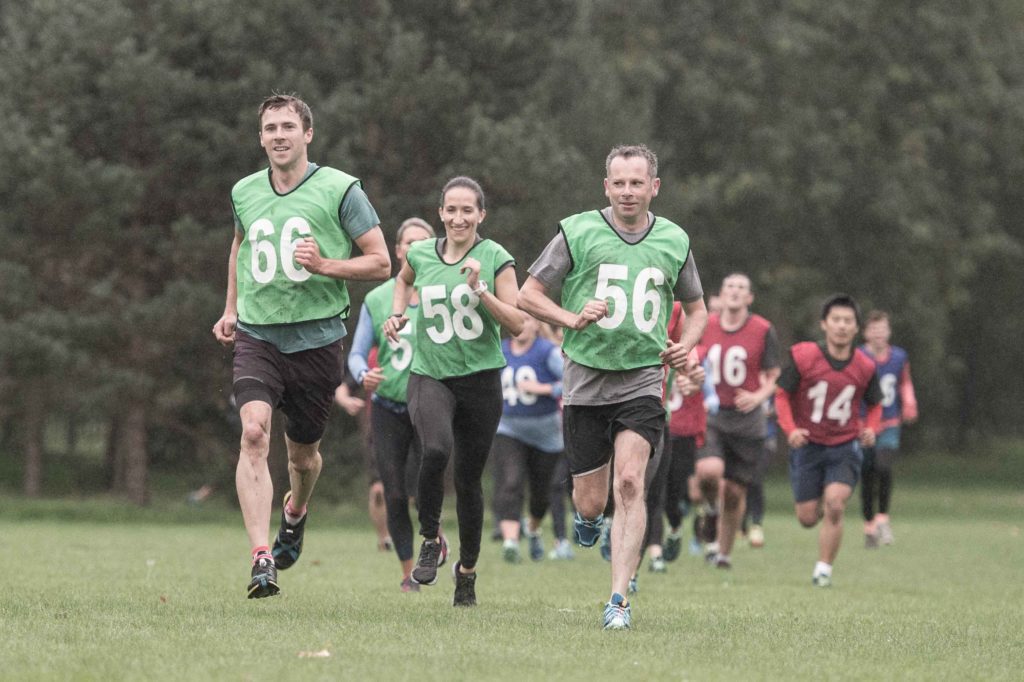
Outdoor Training & Event Kit List
September 28, 2016
Topics:
Written by Ross MacDonald, British Military Fitness Race Team.
Wearing the correct kit whilst training can make a great difference to your performance and enjoyment. I've had as many kit fails as I have successes, so here are my top tips for ensuring you don't make the same mistakes I've done in the past, and get your kit right for British Military Fitness (BMF) as the weather turns colder this year.
It is harder to get your kit wrong in the summer, but come winter you have to consider both the cold and the wet factors.
Outdoor training doesn't require much additional kit, but there are a few small things you could add to your kit list that will make your sessions that little bit more comfortable and enjoyable, to ensure you get the most out of your class.
FEET AND HANDS
Sealskinz do some fantastic fully waterproof, windproof and breathable socks and gloves. Their socks are great for the cold, however on a rainy day they can hold the water in, so a comfortable pair of thin sports socks will prevent blisters and won’t hold the water. I find with the gloves, it's best to put these on inside your car or at home before you leave as whilst they keep you warm and dry once on, in my experience if your hands are already cold, it's tricky to heat them up again.
The main consideration for winter footwear is a comfortable shoe with good grip. There are several excellent pairs of shoes, but my two favourites for providing excellent grip and drainage of water are VJ Sport Irock 2 and inov-8 x-talon 200’s. I've also seen Salomon Speedcross as a popular shoe - the quick-tie laces are ideal when you've got cold hands before or after a session too!
LEGS
Ultimately you want close-fitting leg wear because anything lose, once wet, becomes heavy and uncomfortable. Loose tracksuits or sweatpants can become a nuisance in the wind and if they drag on wet grass, will very quickly become water-logged.
I would advise to go for either full-leg compression tights which help to help to prevent cramping and keep your legs warm (my preferred choice come from 2XU), or shorts with calf-guards).

The latter will often be better in the rain, so long as it's not too cold, as skin dries quicker than fabric! But overall, it’s a personal choice and compression tights make sense on cold days, no matter whether it's wet or dry.
TOP
Although merino wool is excellent at keeping you warm, it also soaks water up and will weigh you down if it's raining. As such, I tend to stick to a long-sleeved compression top with a technical t-shirt over the top. That way, whatever the weather, my clothes won't be what slows me down.

HEAD
On cold days the best item to have on you is a bandana or buff. This can be worn on your head and then if you feel yourself getting too warm then it can easily be placed around your neck or on your wrist. The instructors can take bits of kit, but it's always easier if you can be a little more self-sufficient and don't need to stop the class to pack extra bits of clothing into the instructors bag!
PRE AND POST TRAINING
I can’t express enough how important it is to consider your post-training kit. I usually finish the class buzzing, but if it's wet or cold, once I stop moving, my core body temperature will quickly begin to plummet. I will get a warm top on as soon as I can, and if it's been raining it's really important to remove wet clothes first and then get a warm top on before heading home.
On wet days, don't forget a bin bag for your car seat!


